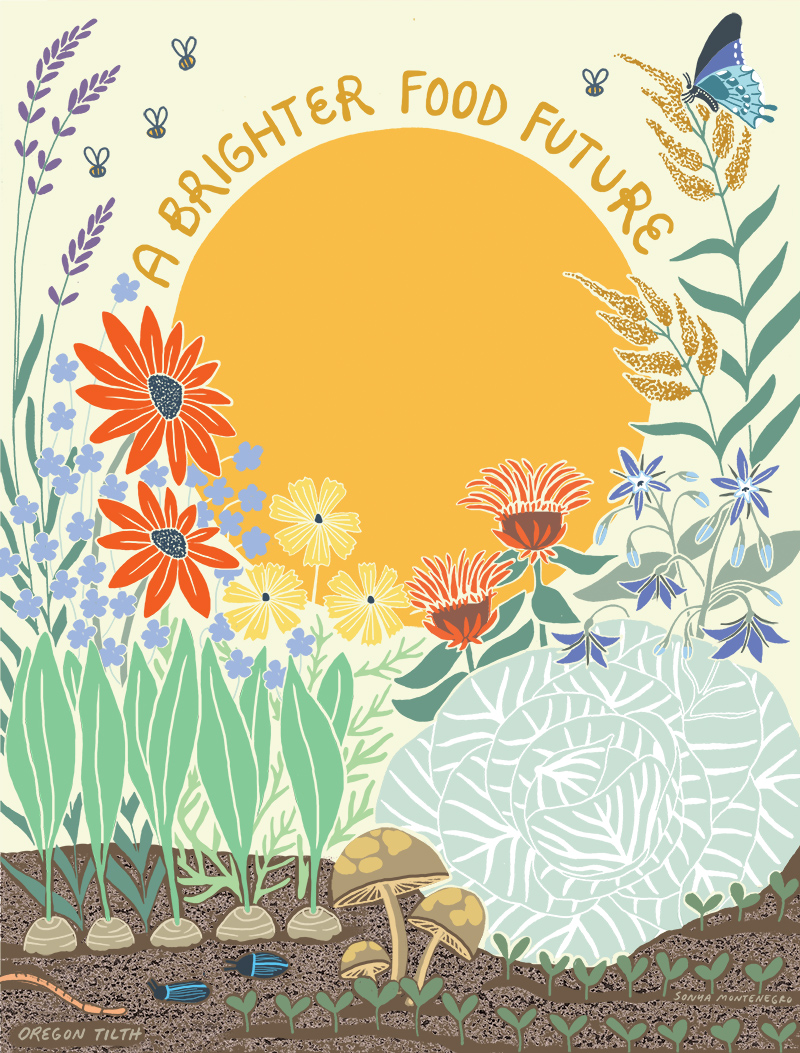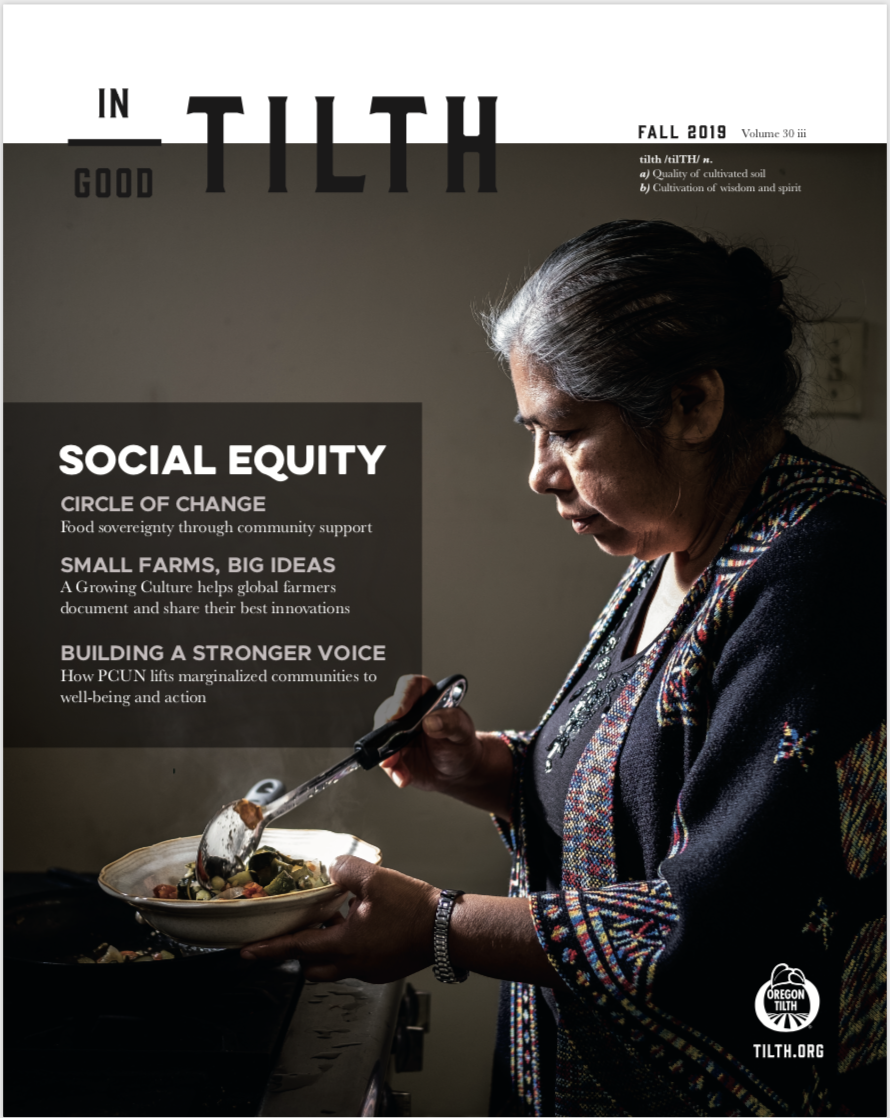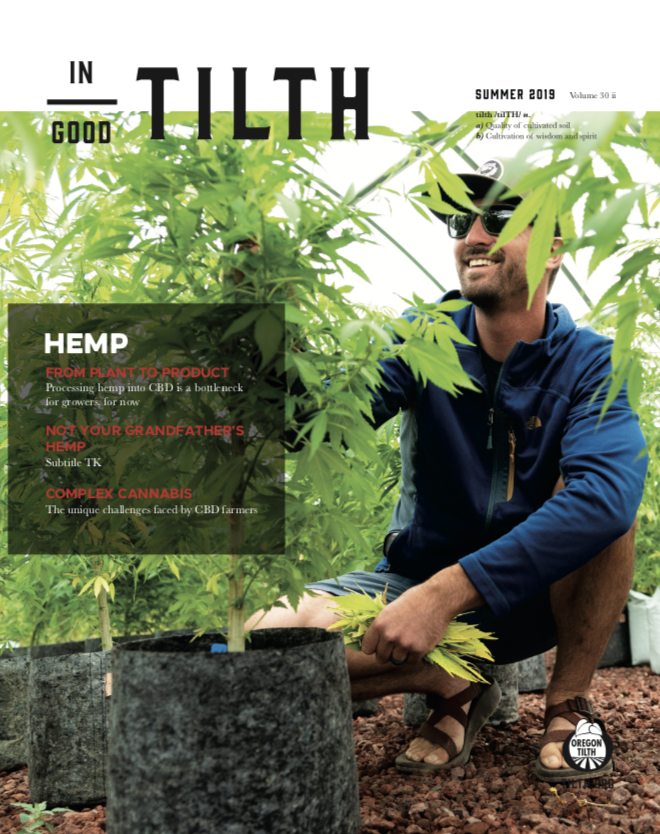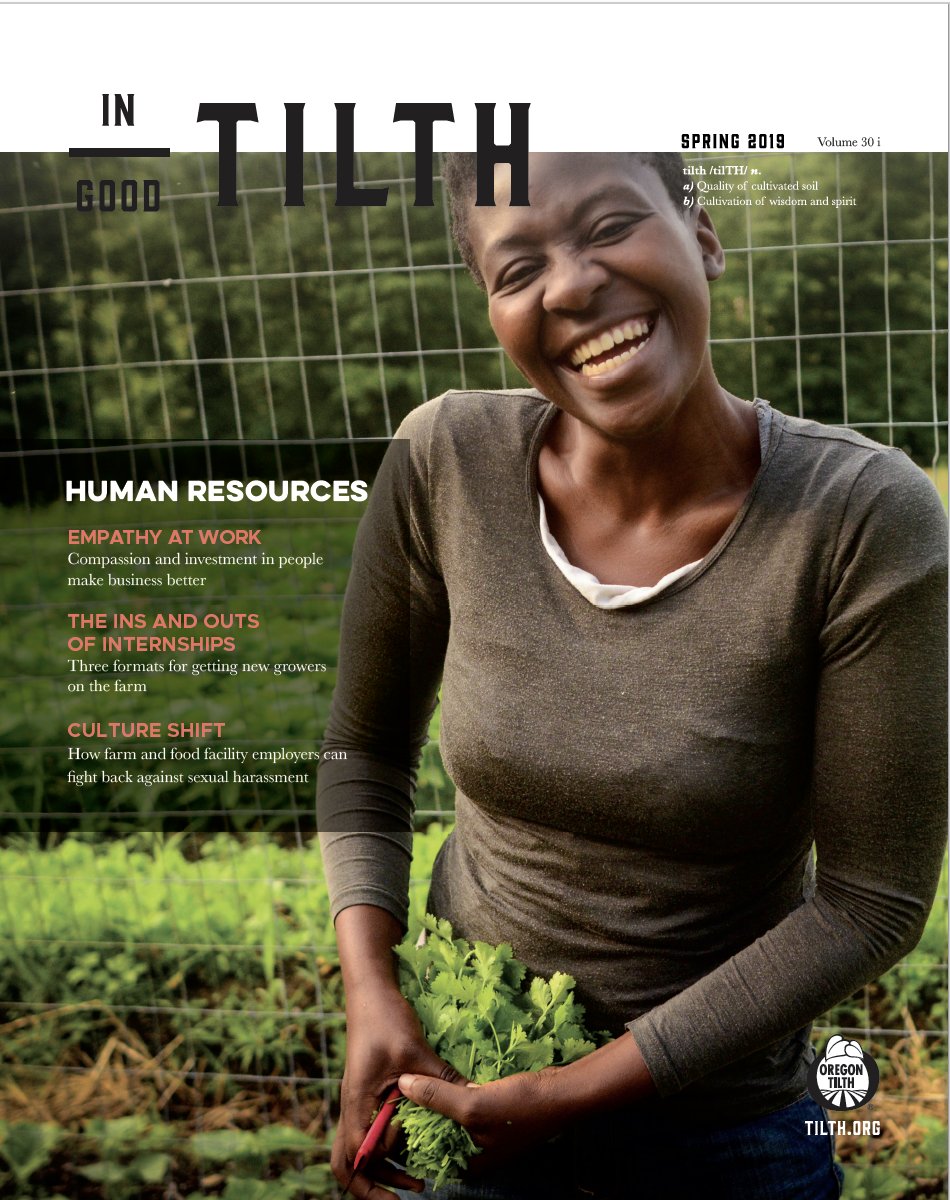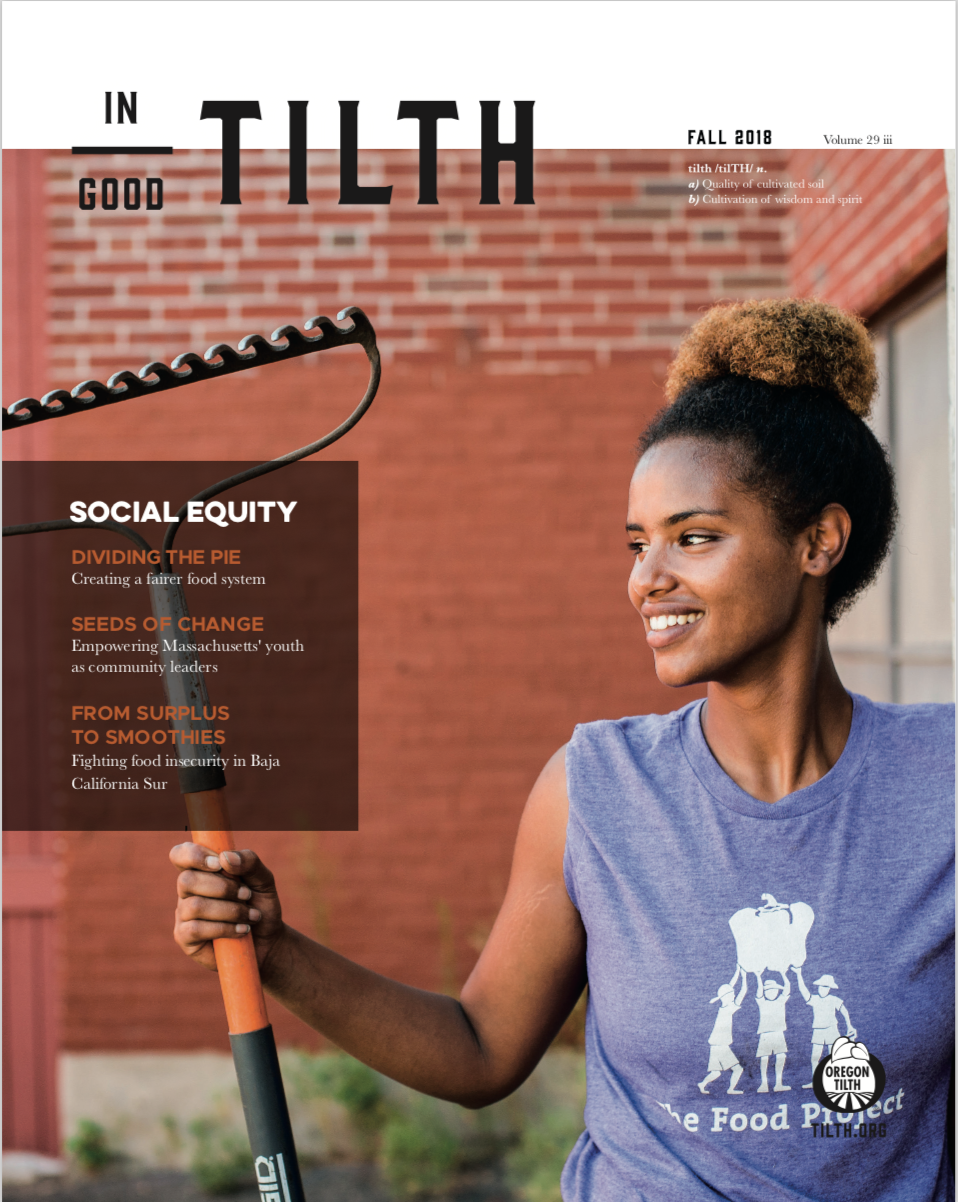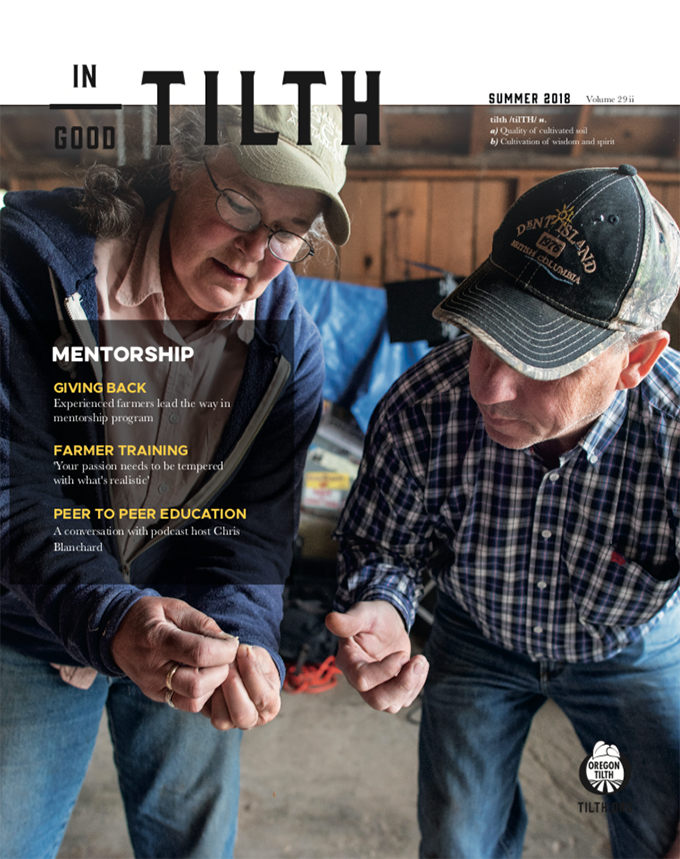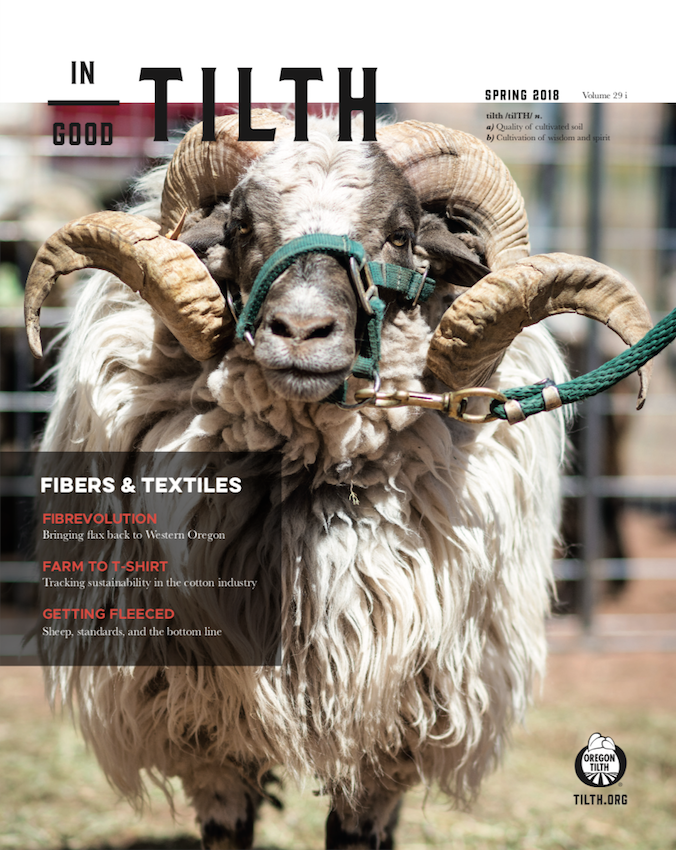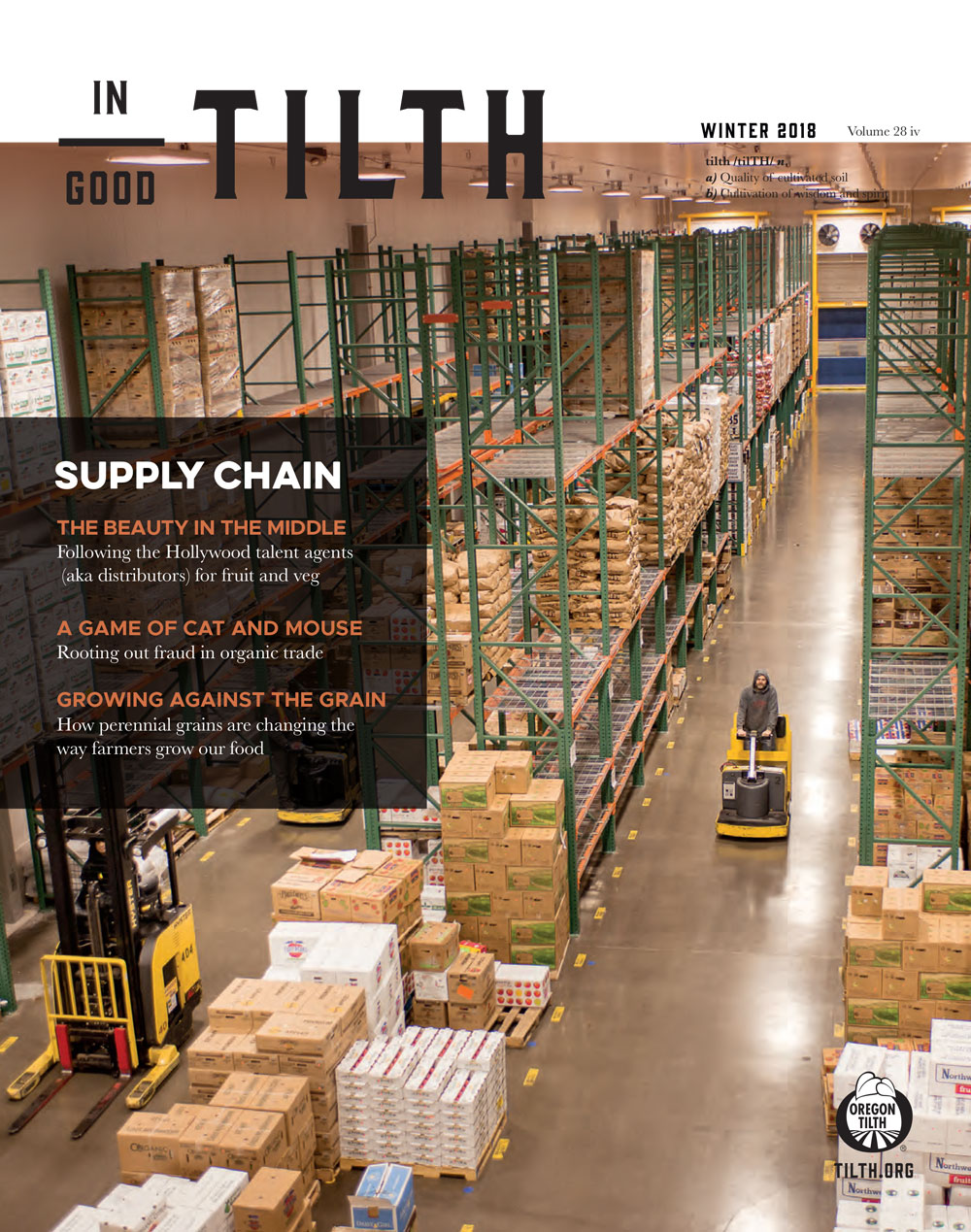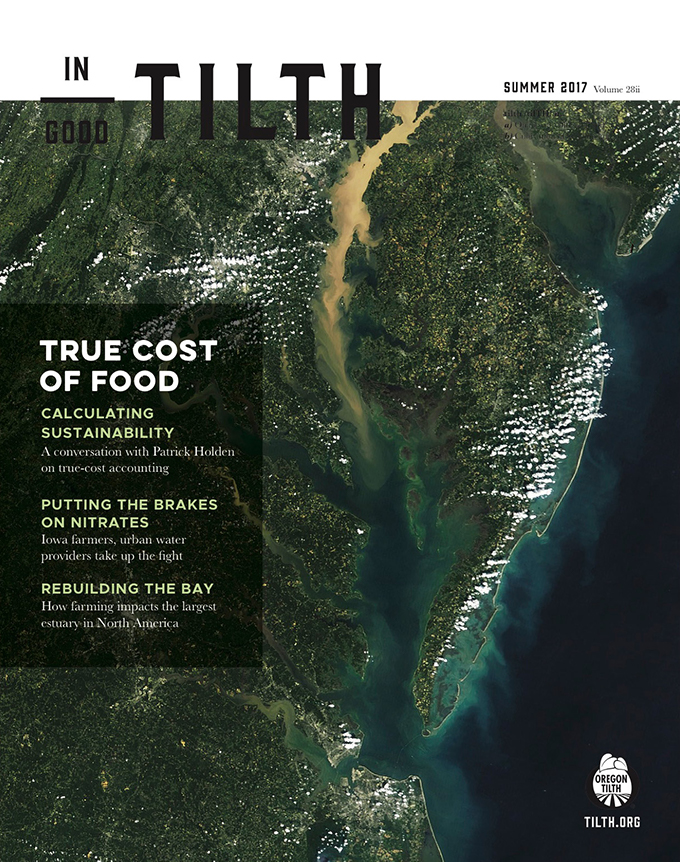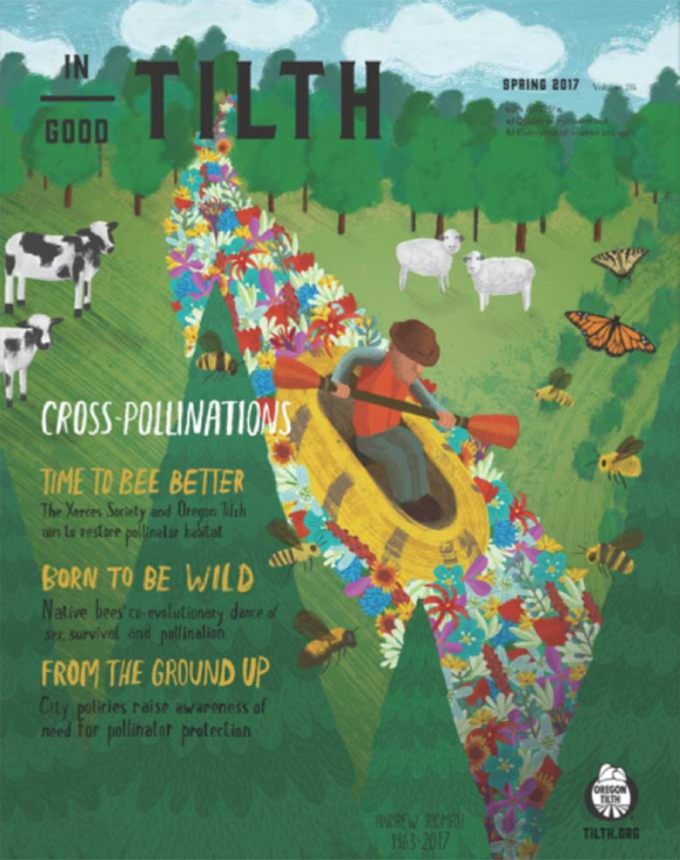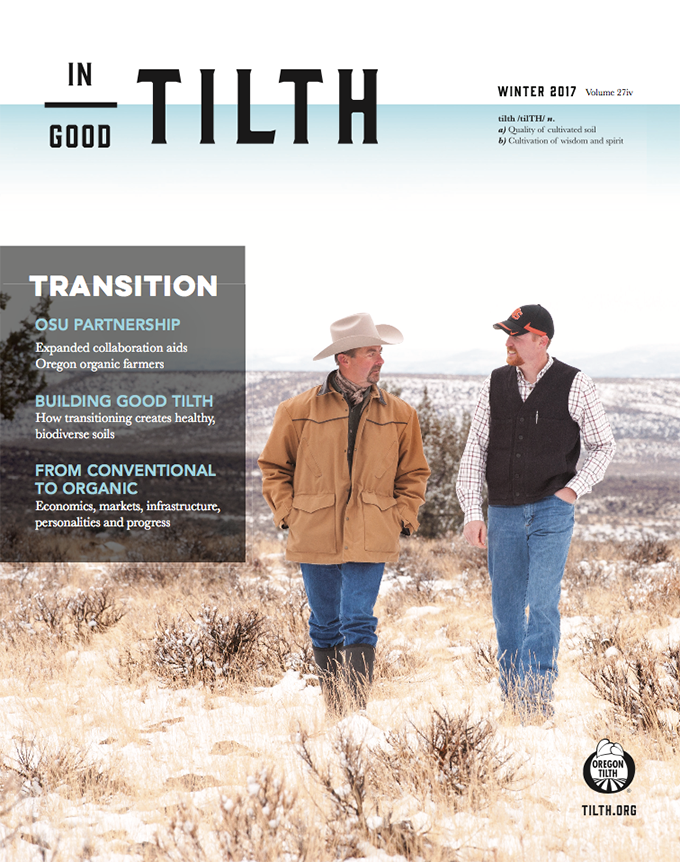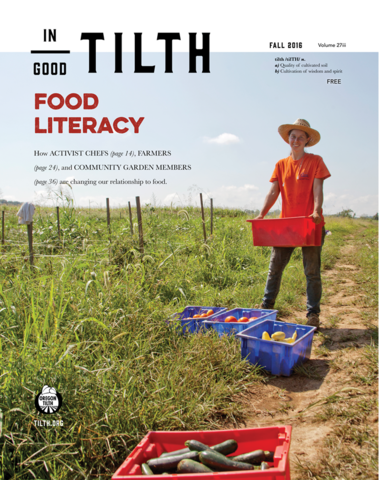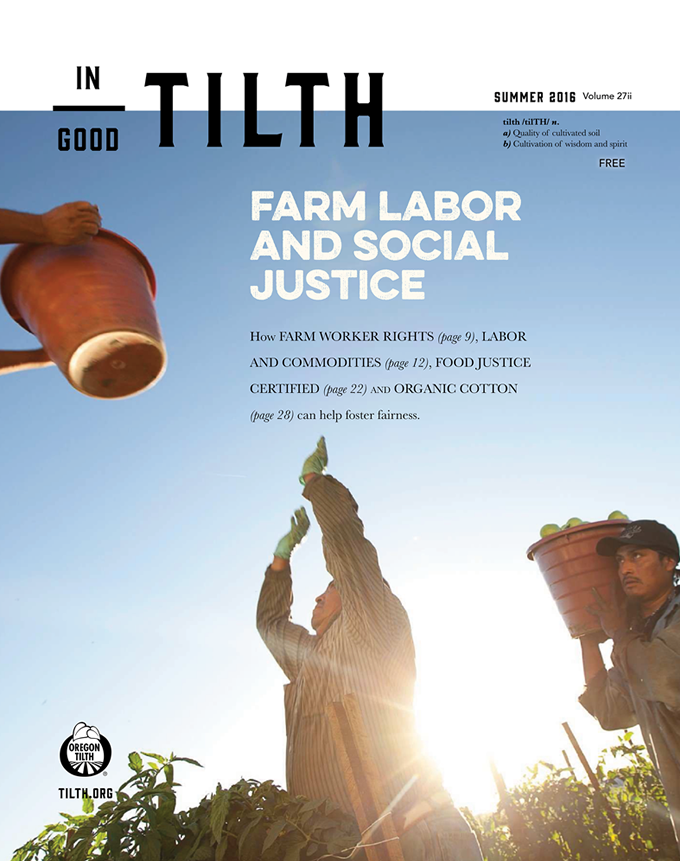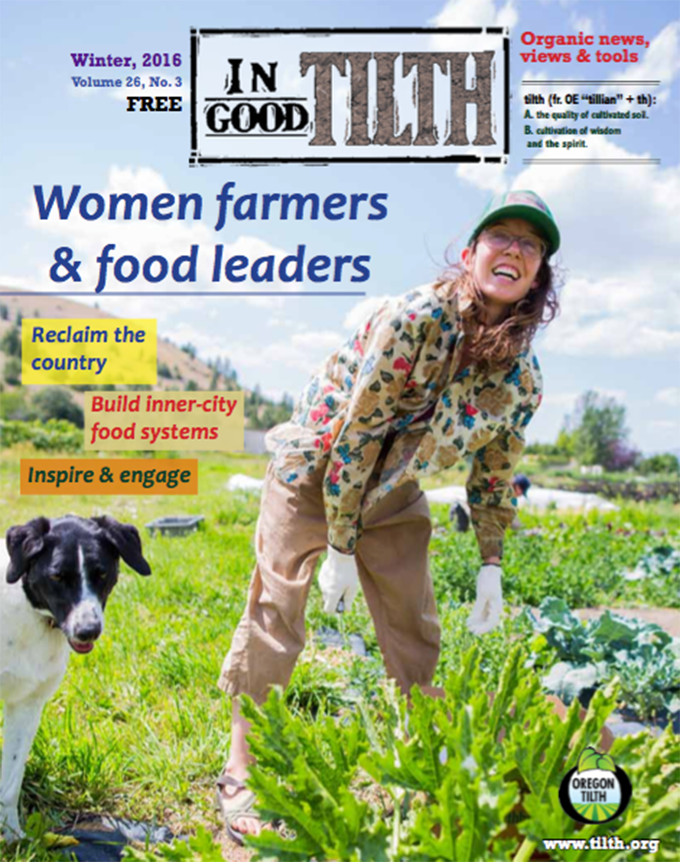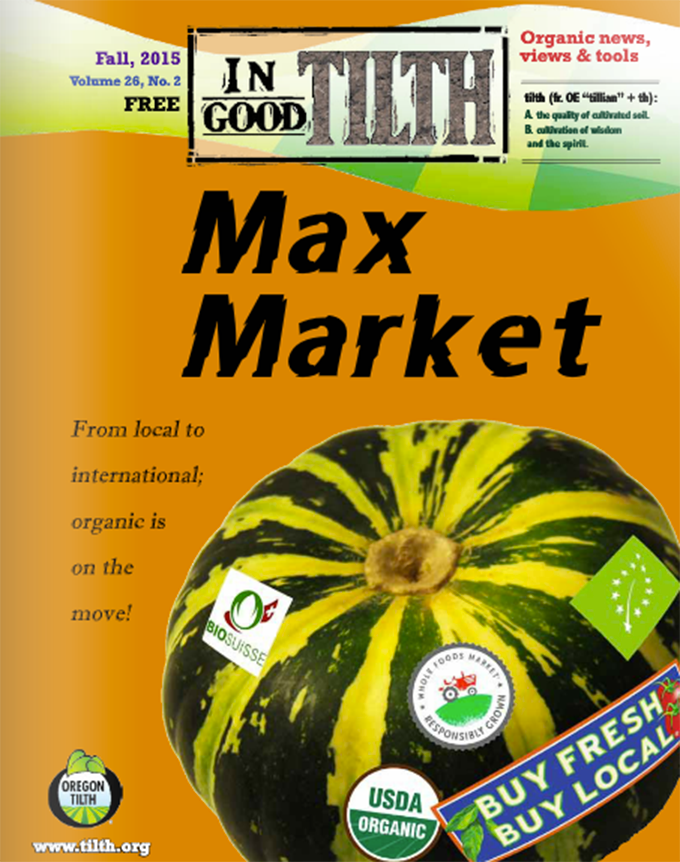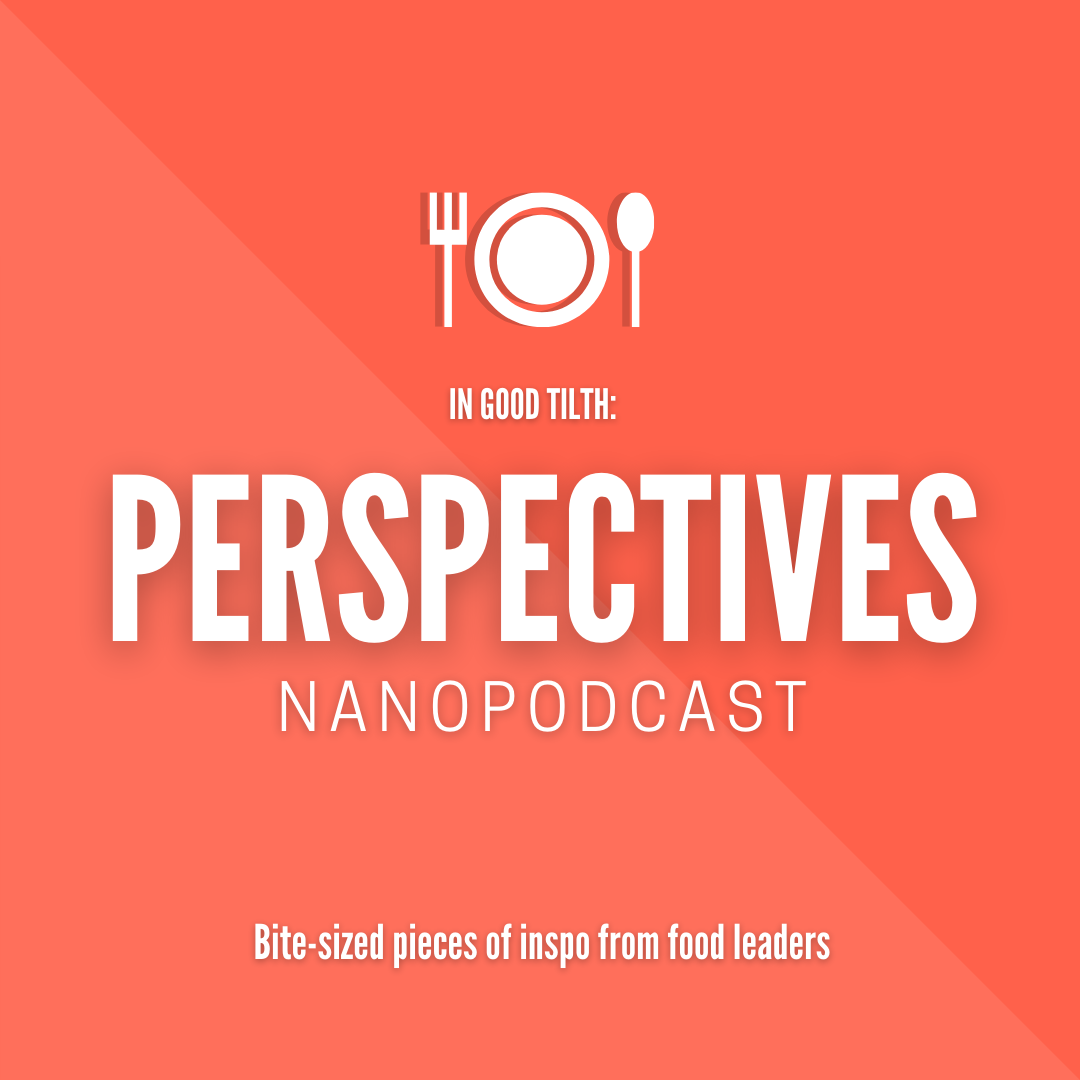Mickey Willenbring grew up in rural South Dakota and Oregon — a foster child who never thought she’d end up owning her own ranch. She wanted instead to see the world beyond the pasture. The military was her ticket off the farms she worked on as a kid.
“I had it all sorted out,” said Willenbring. “I wanted to become a warrant officer and get my 30-year letter.”
That didn’t happen. She was injured while serving in the army in Iraq, and following multiple surgeries, she received medical retirement.
“My whole life had been derailed,” she said.
Back in Salem, Oregon, living with her young son, Willenbring had lost all sense of purpose. The constant loud noises of urban living triggered her posttraumatic stress disorder. As she struggled to cope with her new reality, her thoughts kept coming back to a flock of Awassi sheep she had encountered in Northern Iraq.
“We were in a small compound where most of the locals worked on a large dam or were shepherds,” said Willenbring. “Similar to the American Indians, the indigenous people there had been living up in the mountains in the same way for thousands of years, tending to some of the most beautiful sheep I had ever seen.”
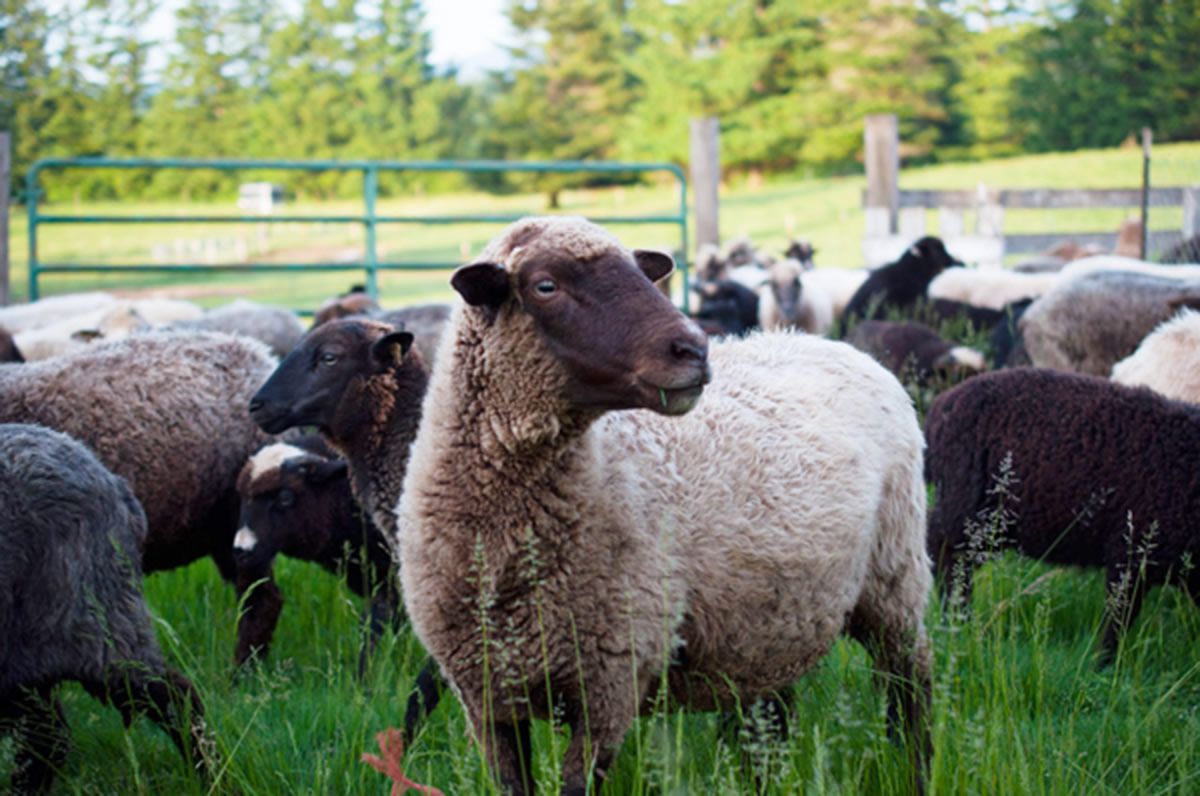
The thought of the sheep calmed her. So much that Willenbring began looking for land on which to raise her own sheep, hoping that would bring meaning to her life once more.
She was no stranger to farming. As a foster child, she tended the sheep of Elmer Humphrey, with whose family she had been placed. But she was never formally considered a manager.
This came back to haunt her. To be eligible for an agricultural loan from the USDA, she needed to submit formal documentation of at least three years of farm management experience, which on paper she didn’t have. Securing funding for land as a new farmer, and particularly as a new female farmer, is wrought with challenges, including federal policy restrictions and gender bias among lenders and policymakers.
“When I learned to ranch, women were wives and daughters, but never listed as a manager,” said Willenbring. “If you’re female, the only way you are going to get a job as a manager is on another woman-owned farm.”
The USDA has since updated its farm operating loan policies to require at least one year experience as a manager, rather than three, but many female farmers still don’t qualify based on their documented formal farm management experience.
According to the 2012 U.S. Census, women received $513 million (6 percent) of the total $8 billion in government funds issued annually, and women owned 14 percent (and 6 percent of the acreage) of the total 2.1 million U.S. farms. Of the total 288,000 farms reported to be owned by women, only five percent made more than $100,000 in annual sales. Forty-four percent made less than $1,000.
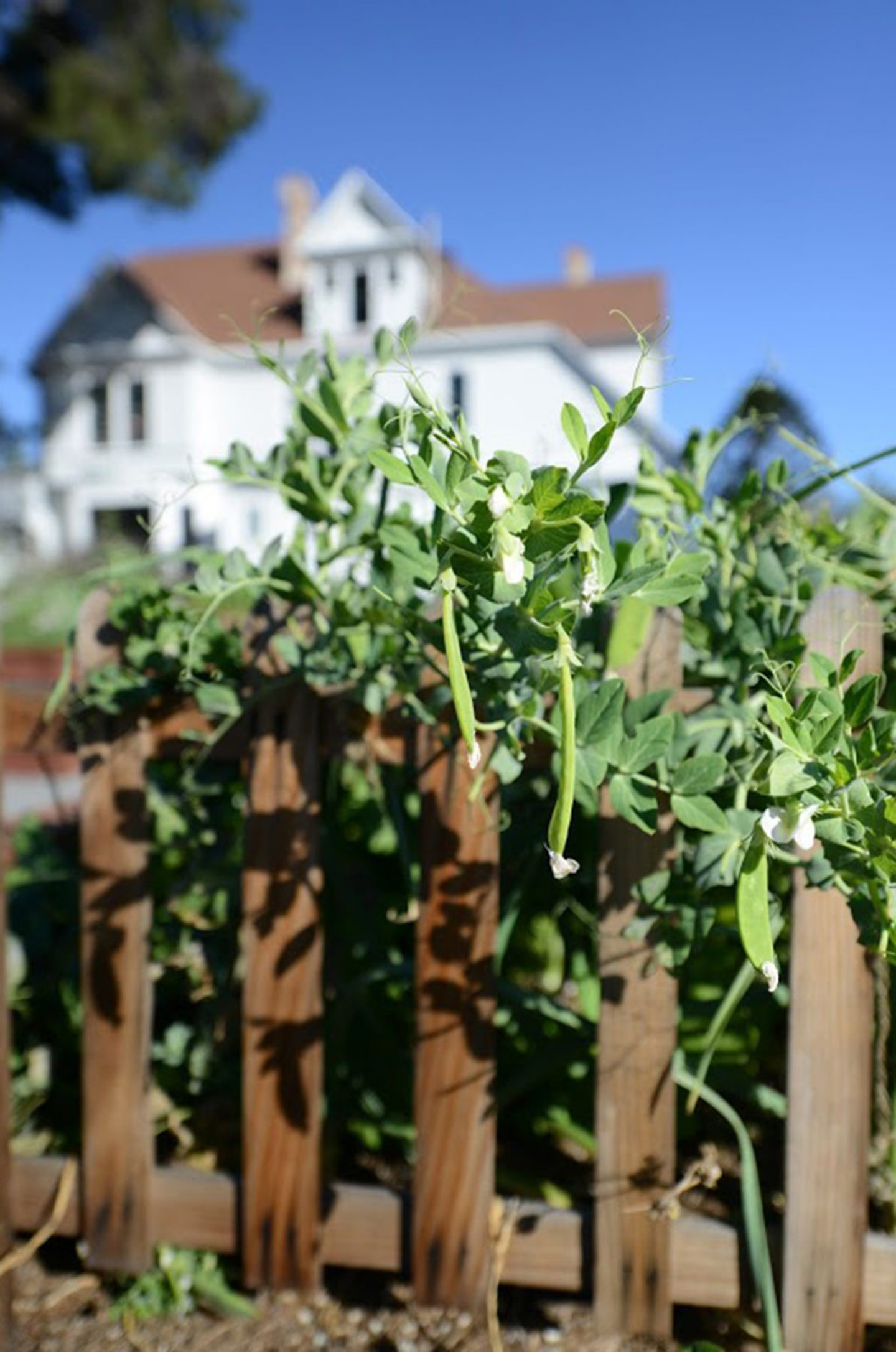
Between 2014-2015, the USDA’s Farm Service Agency (FSA) provided more than 37,000 loans to farmers, with 9,000 of these given to socially disadvantaged farmers, including minority, tribal and women farmers.
Struggling to secure federal loans, female farmers are forced to get creative with funding strategies ranging from grants, residential mortgages and community support.
Willenbring ended up financing her land via a residential mortgage on a property with mixed-use zoning, along with assurance to her lender that she would not be ranching on the land (she later ranched the land anyway). In addition, she raised money for her down payment with help from friends in the gaming community worldwide.
“When I was injured in Iraq, I was in the hospital for a long time and spent a lot of time gaming online,” said Willenbring. “When I had to come up with a lot of cash fast, I auctioned a bunch of old comic books and coins on eBay. My friends helped to promote all of my auctions and fundraisers so I could buy the land here, and we were able to raise the down payment in 60 days.”
Ginger Edwards, of North Fork 53 Farm & Retreat Center, acquired her first five-acre farm from a member of her community garden who offered to hold the mortgage privately. Her operation has since grown from her original community supported agriculture (CSA)/farmers market model, which she sold last year to two young women farmers, to a bed and breakfast and retreat center. The new endeavor was also funded through community relationships.
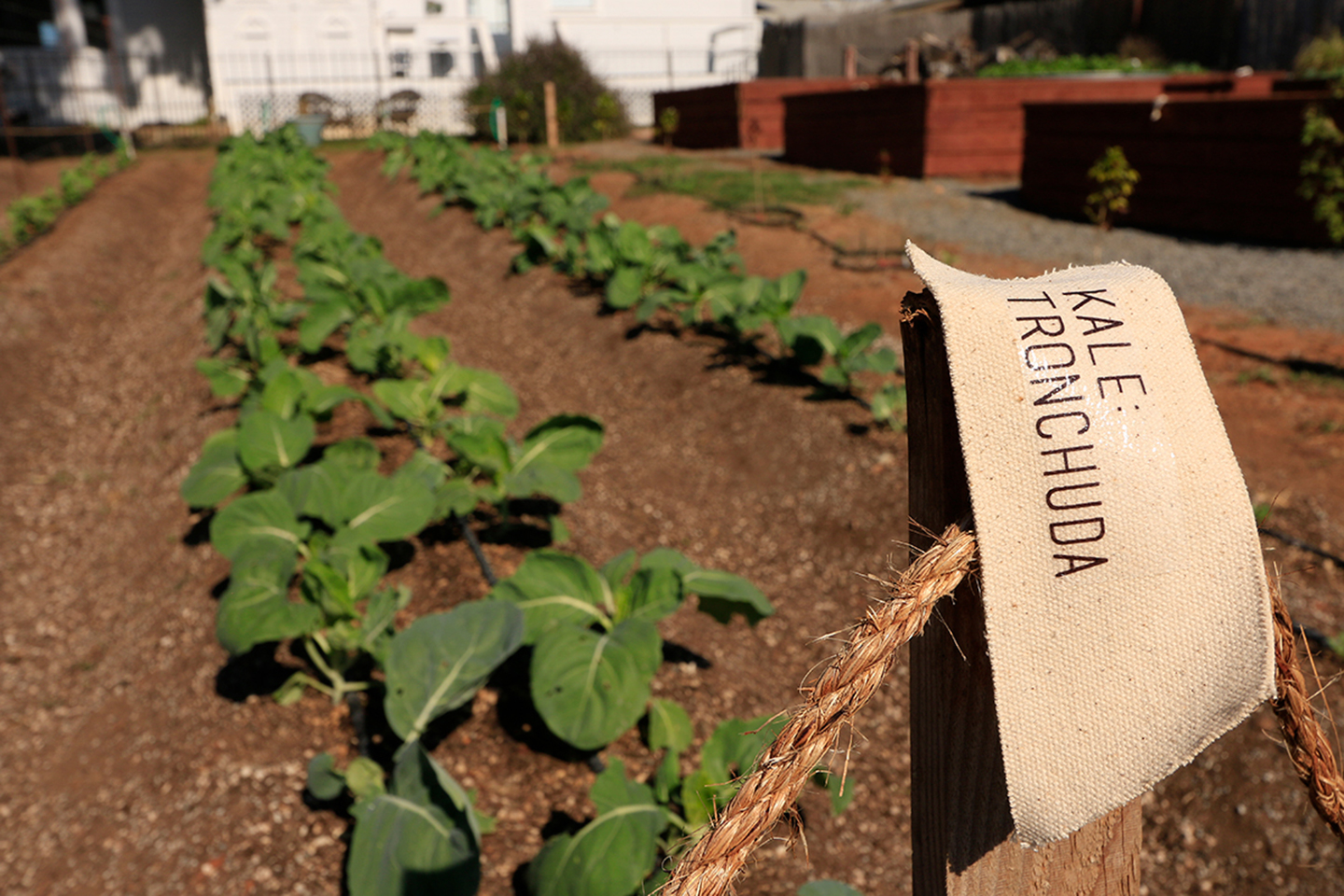
“After we acquired the land for the bed and breakfast property through a CSA member, we hosted a big fundraising dinner for the community,” said Edwards. “We raised $50,000 that night in personal promissory notes I took out in my name. Most of these are five-year loans at five percent interest that I pay in installments each September. It’s worked for me to engage the community in making a direct investment because I’ve built their trust over the last 10 years.”
Counterbalancing these touching accounts of community support are stories of passive and active undermining of women farmers’ capacity to run successful businesses.
Stepheni Norton, who owns Dickinson Farm in National City, California, started farming to support her recovery from chronic Lyme disease. Her doctor prescribed an all-natural diet, but living in a food desert, she quickly recognized that her best option was to grow her own food. When she started producing more food than she could eat, she wanted to see if she could turn her urban farm into a business distributing organic heirloom produce in her community.
She applied to the city for a lawful food producer’s permit.
“Prior to my time in the military, I was a regulatory specialist,” said Norton, “so I made sure to take time to read the city codes before going to speak with them. After some time, I was referred to a man in the planning department. Every conversation I had with him was abrupt and rude. After many weeks of frustration trying to work with him, he reached out to my husband to schedule a property inspection. When I asked him about it, he said, ‘I don’t have to notify you. I talked to your husband.’ It went on like this again when we had to renew our permit. I couldn’t believe that I had to bring my husband with me to get the answers I needed.”
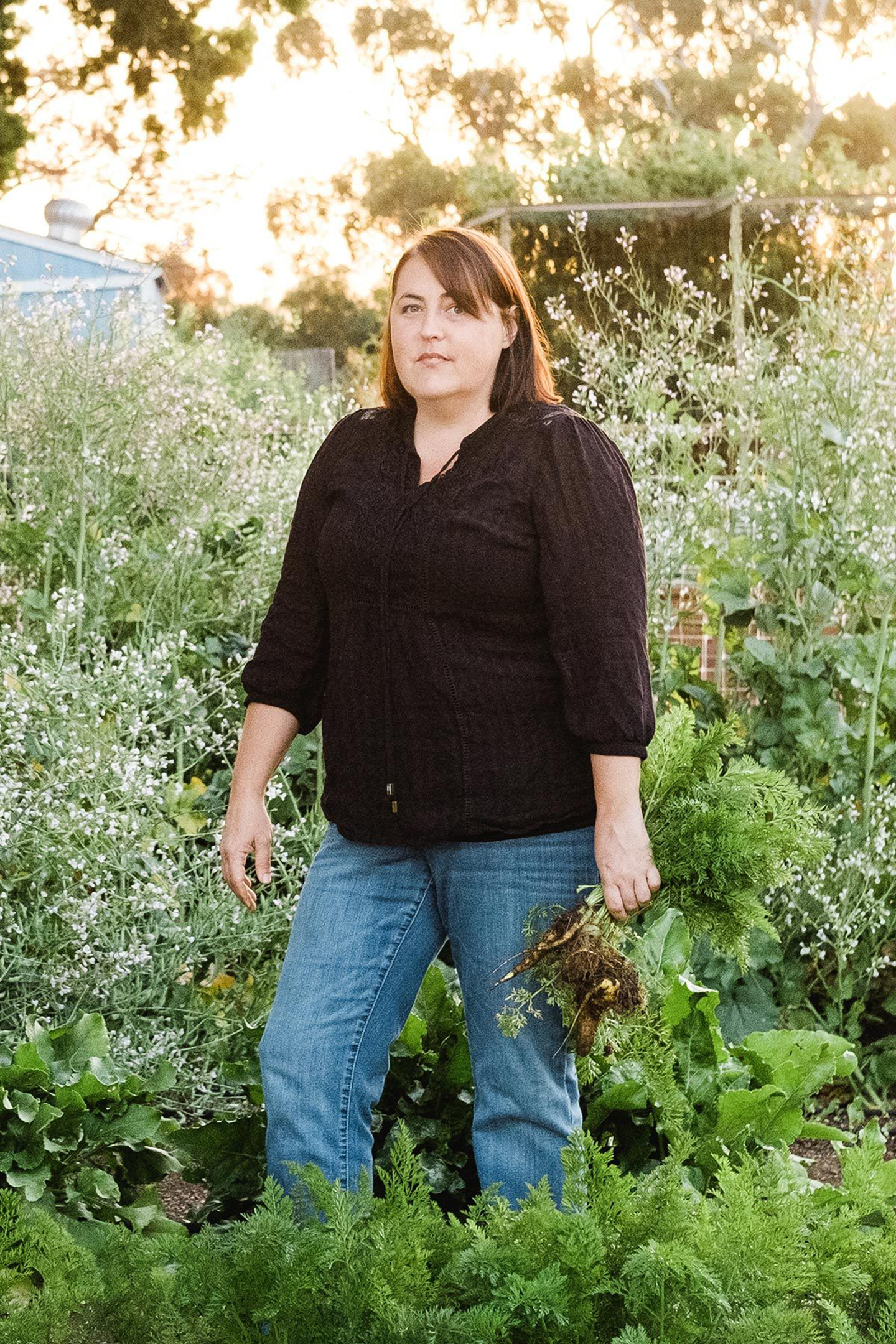
But that hasn’t stopped women, including Stepheni Norton, founder of Dickinson Farm, from engaging in a business that is traditionally associated with men. Photo by Taylor Allan Abeel
Later, when she was working to refinance their property, Norton faced similar gender discrimination.
“When I inquired about changing our financing, the man in the loan office told me that I had to get permission from Mike [my husband] to do that,” said Norton. “When I would ask him questions, he would instead look at Mike to answer, saying ‘he [Mike] will explain it to you later.’ I can’t believe this is still the reality in 2017.”
Preconceptions of what makes a credible farmer create challenges for women managing their day-to-day operating expenses as well. Willenbring recalled the problems she faced receiving grants to buy additional farm equipment, even after she had acquired her land.
“Nonprofits like to please their donors, and there are certain things that donors like to see,” she said. “On paper, nonprofits are helping disadvantaged individuals of worth. The burden of proof of worth for a female or minority is different than the burden of proof for a good old boy. When people think of a farmer or rancher, they are thinking of a man, comfortable in his skin, with a straw hat. They are not thinking of women or minority groups. To get grants, you have to compete with everyone else, and they are only looking to select the best of the best.”
After being turned down for every previous grant she had applied for, Willenbring connected with the Farmer Veteran Coalition in 2012 about its first Empowering Women Veterans in Agriculture Conference. After hearing her story, they encouraged her to apply for a Bob Woodruff Foundation Founding Fellowship for livestock handling equipment, a commercial freezer and a cabinet egg incubator.
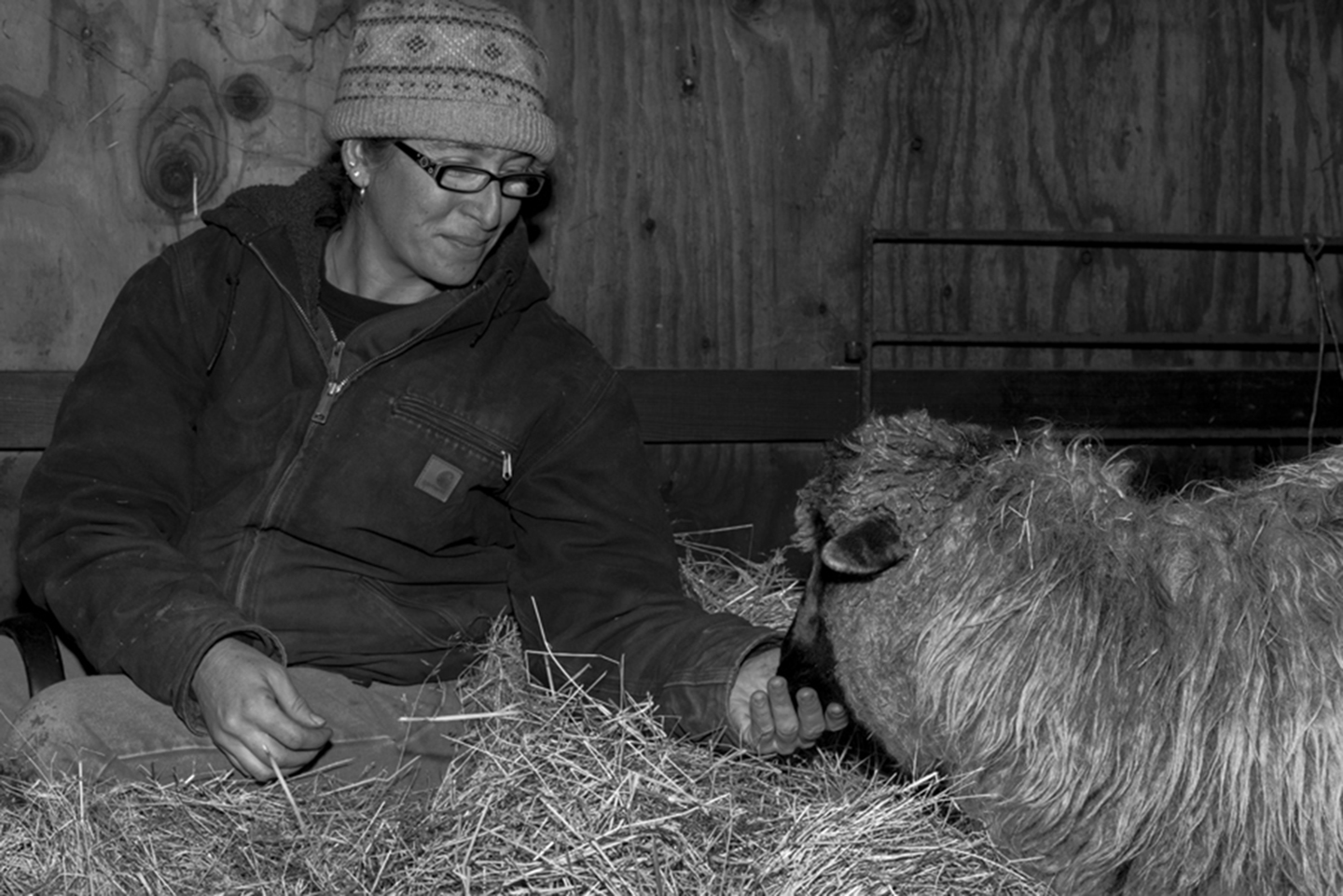
“I’m very lucky that I have a compelling story,” said Willenbring. “Because I’m visibly disabled, and a veteran, and half American Indian, and a female, it’s easy for organizations to use me as a poster child for their donors. With that $5,000 grant, I had my own funds freed up to purchase more livestock and expand. When I started in 2010, I had 10 sheep. Now I have a little over 200.”
Women farmers are making major contributions to their communities above and beyond growing crops and raising livestock. Norton, for example, takes pride in helping connect young children to where their food comes from and inspiring healthy eating habits at an early age.
“When a kid who refuses to eat vegetables visits our farm and pulls a carrot out of the ground for the first time, that’s what pushes us forward,” she said. “I’ve had moms tell me that their kids eat carrots every week after seeing how they are grown here.”
Edwards is inspired to share what she’s learned in business with other young women farmers so they don’t make her same mistakes.
“Organic farming is more than just making money,” said Edwards. “We are trying to create a society that honors community, earth and food. We are building community, and it is this community that will support us through the hard times. I aspire to be able to mentor more young female farmers and help them so they don’t feel like they have to do everything themselves.”
For Willenbring, her Navajo-Churro sheep are both personal and political.
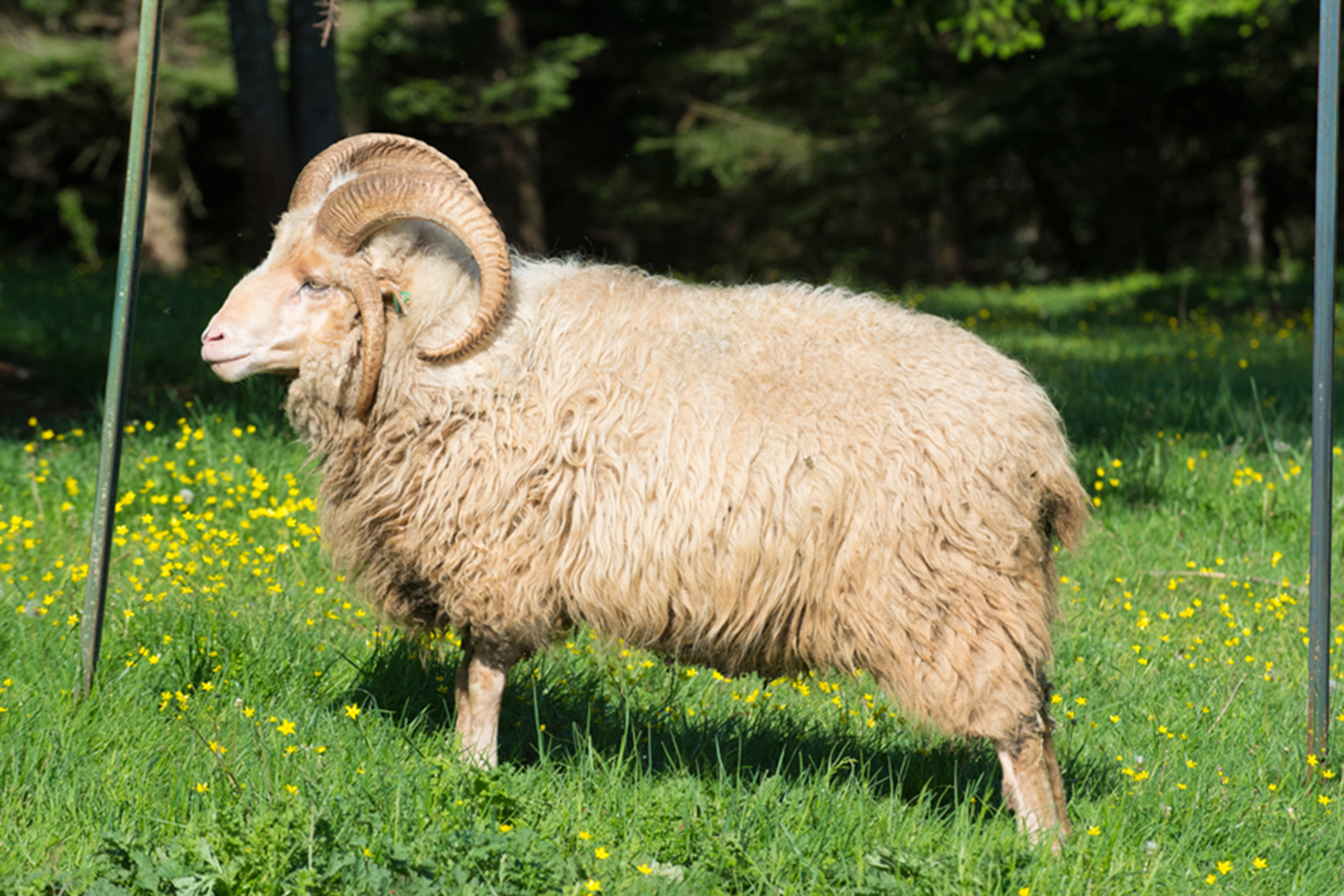
“My son’s father was Navajo,” said Willenbring. “We lost him during his second deployment, when my son was three. This ranch is a way for me to honor him, and to honor Elmer Humphrey, who first taught me how to raise sheep. Rural foster families are in a unique position to be able to instill in their foster children a sense of community and belonging to the land. If I hadn’t been placed with the Humphreys for a while, my life would have been different.”
Churros are the oldest breed of domesticated sheep in the United States. Their meat, milk and wool helped sustain Navajo life for centuries. Churros serve as a symbol of Navajo resistance and resilience to colonization, with the breed surviving multiple massacres and stock reductions ordered by the U.S. government in the 1800s and early 1900s. They survived thanks to conservation efforts that began in the 1970s after the stock dropped to less than 500 total head.
Willenbring’s decision to raise Churros, who have survived a long history of discrimination, is a metaphor for the tenacity and strength that she, Edwards, Norton and thousands of other women have displayed in their determination to farm. They do it despite immense obstacles because they love it, because it’s healing to them and because it’s an opportunity to nurture future generations.

